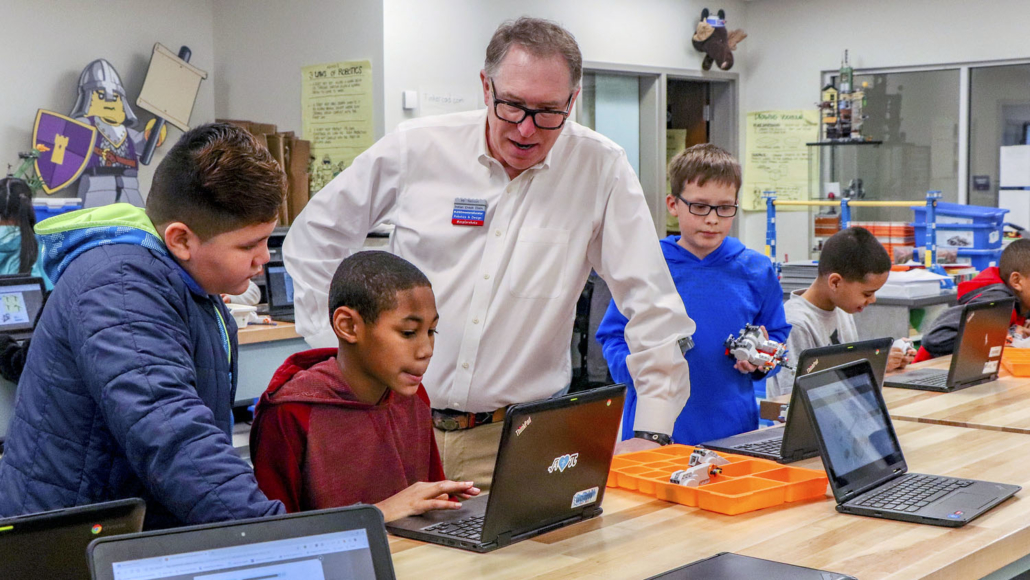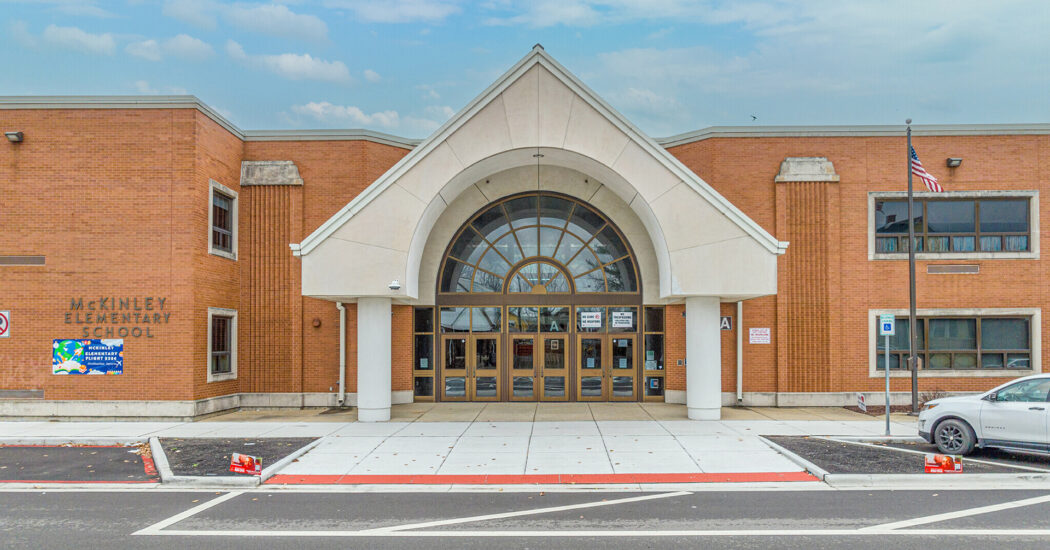How to Avoid Negative Impacts of School Construction Projects on Teachers
-
Category
Innovation -
Posted By
Anna Marie Burrell -
Posted On
Oct 25, 2019

PART 2 IN A SERIES
Consider the effects of school renovations and new builds on teachers and other staff
Any design and construction work in your school is ultimately for the benefit of the students—to provide them with a better environment to learn and grow. But they aren’t the only ones who need to be considered when planning your new and improved facilities. Teachers are also incredibly important.
Here are a few ways you can avoid unintended consequences of the design and construction process on teachers and staff.
1. Plan for teacher-dedicated spaces.
When budgets are tight and more space is needed for learning, teachers can end up being the ones who suffer. It is important that they retain their own space for prep work, collaboration with other teachers, and to decompress. They need a dedicated place to touch down and properly focus when the kids are dismissed.
Gathering spaces are important to provide a place where teachers can take a break, see the sun, and socialize with fellow faculty. This can help them recharge, as well as give them opportunities for casual interactions with their colleagues that can facilitate collaboration and creative thinking. And don’t forget: teachers need restrooms, too!
2. Don’t forget necessary meeting spots.
While your focus may be on learning and teacher prep spaces, don’t neglect other necessary room types. If teachers don’t have an assigned classroom or an office, they need to have somewhere to meet with students and parents. This should be a room with a door for private conversations. Small conference rooms can be useful for these meetings and a variety of other purposes.
Also think about where you will hold staff meetings and other committee and parent group gatherings. Having rooms the users can be proud of and that demonstrate the school’s mission can make them feel more valued. After all, no one likes meeting in the cafeteria.
3. Provide space for teachers to learn and utilize technology.
Teachers are being instructed to incorporate digital media heavily into their lesson plans, and they need the resources to do so. Students have grown up in an extremely digital world, and they can spot an unsavvy teacher a mile away.
Give teachers the resources to produce effective digital content. Consider a teacher-dedicated lab or creative studio, where they can access computers, video and audio equipment, and software. This allows them to become comfortable with and empowered by the technology.
4. Prevent surprises during construction.
Teachers are on the front lines with students, day in and day out. Keep them updated on the project so they can properly plan and answer student questions.
Incorporate construction updates and any relevant learnings from your construction project team meetings into staff meetings and other communications with teachers. Consider a dedicated place—whether it’s a page on your intranet or a bulletin board in a shared space—where you can post construction progress, photos, and any important changes that will impact class locations, schedules, or procedures.
Also encourage teachers to prepare for a move well in advance. If they will need to pack up their classroom or office to move to a new space, provide them with packing instructions and boxes several months in advance. Remember to highlight that this is the perfect time to toss, recycle, or donate anything they no longer need or use. The better prepared they can be for the move, the smoother it will go.
Learn More
Avoid unintended consequences of school construction projects on students and the community, too.







